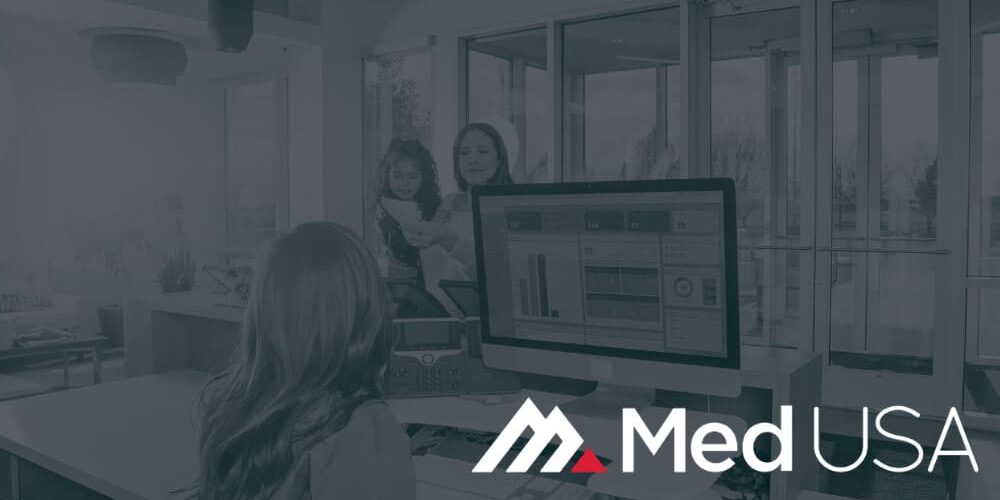
Is Your Billing Process Driving Patients Away?
It’s no secret that a disjointed billing process can wreak havoc on your bottom line, but have you considered how a poor billing process also affects your patients?
According to the 2021 Healthcare Consumer Experience Study, your patients are more aware of your billing inefficiencies than you may think. Among the 1,500+ patients surveyed, 93% reported that the quality of a practice’s billing experience plays a large role in their decision to return to that provider.1 This is bad news for practices with outdated and uncoordinated billing processes.
Despite best intentions, many billing offices simply cannot keep up with the growing demands of the ever-changing U.S. healthcare system. As a result, an estimated 40% of patients are dissatisfied with the billing process at their local providers’ offices.1 Top complaints include lack of communication, clarity, and timeliness. This, of course, results in slower payments and fewer patients — both having the potential to move a practice into the red.
Key changes that can enhance the patient billing experience:
- Provide detailed cost breakdowns. Not only should each bill closely align with the provided Explanation of Benefits (EOB), but patients should understand exactly why they’re being asked to pay the requested amount. Without this information, you risk letting your patients get lost in the details and never actually getting around to paying you for your services. This is especially critical for large payments. If all you provide is a number and a due date, you leave patients feeling confused, frustrated, and overwhelmed — and that just adds one more bill to your A/R.
- Offer customized online payment options. The healthcare industry has largely embraced the conveniences of the digital age, and as a result, patients have come to expect online options to pay their medical bills. However, less than 30% of patients receive their bills electronically.2 Some may pass this off as an inconvenience, but the true impact of holding onto old-school payment methods is felt downstream in the revenue cycle. If you find your A/R days creeping up or your payments slowly diminishing, your pen-and-paper billing system may be the culprit.
- Improve communication with payers. Even a trained billing team can fail to keep track of payer-specific rules and follow-up timelines. So, why are we asking patients to handle these details any better? A large flaw in many billing offices is the lack of dialogue with payers. Leaving patients solely responsible for navigating complex requirements and translating industry-specific language inevitably creates massive leaks in the revenue cycle. Transferring both of these functions to the practice billing office reduces patient frustrations and turns their focus back to the ultimate goal — paying their bills.
This is a tall order for independent practices struggling to already find the bandwidth to process the mountain of details and regulatory requirements for every patient claim. Even with the right digital solutions in place, your practice still needs a robust billing team confirming all patient details are accurate and up to date — all while regularly keeping in touch with patients and payers regarding all payments.
Your billing team can leverage a number of expert revenue cycle management services to get to where they need to be. Whether that’s overhauling the entire department or simply outsourcing day-to-day functions, working with a group of medical billing experts can help you get your practice paid on time and in full. Talk to an expert today to learn more about how we can help improve your patient retention and bottom line.
Ready to Create a Patient-Friendly Billing Process?
Schedule a free revenue cycle audit today!
Sources
- 2021 Healthcare Consumer Experience Study. (n.d.). Cedars. https://www.cedar.com/2021-consumer-healthcare-study/
- Trends in Healthcare Payments Annual Report. (n.d.). InstaMed. https://www.instamed.com/white-papers/trends-in-healthcare-payments-annual-report/


